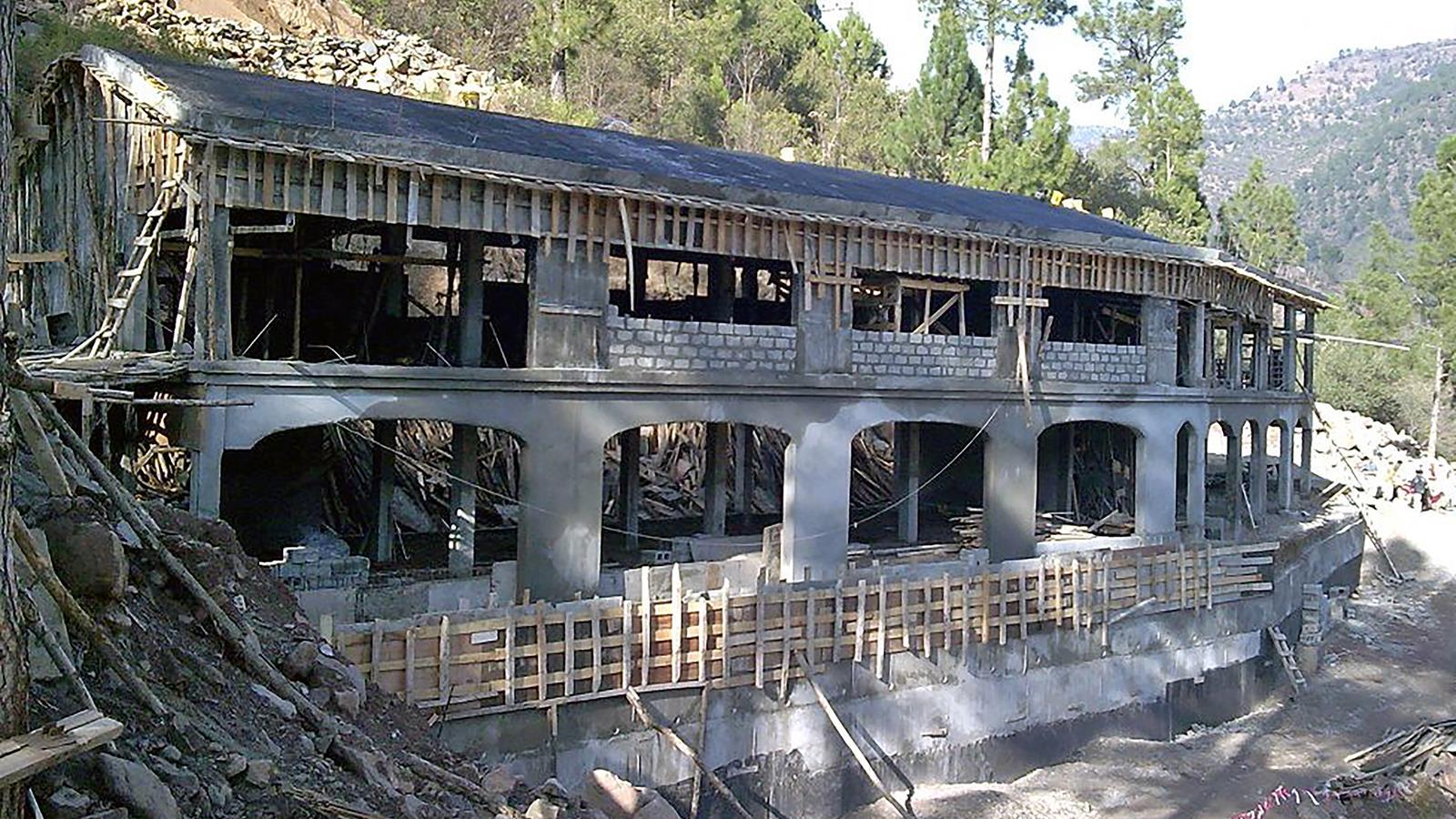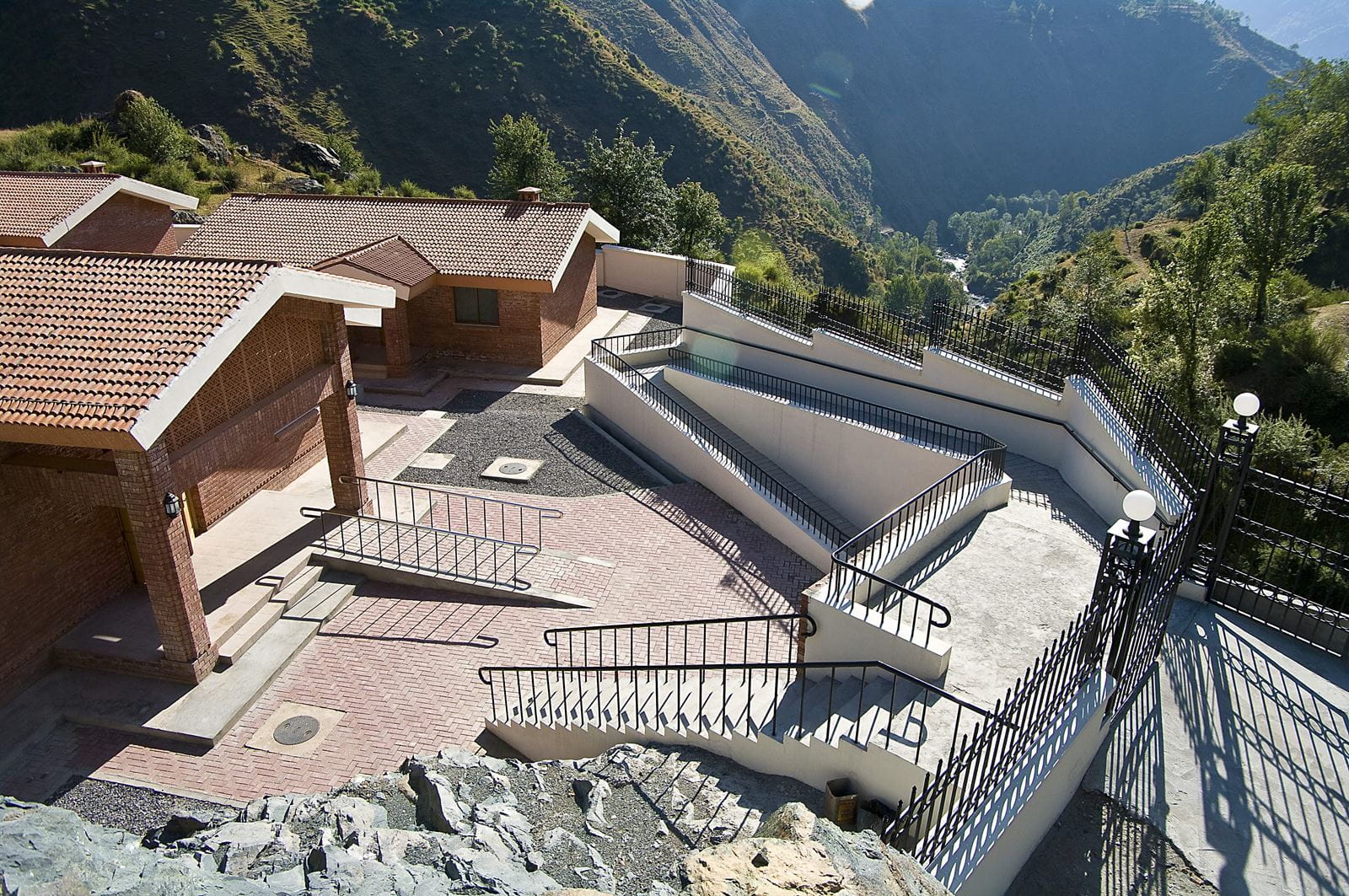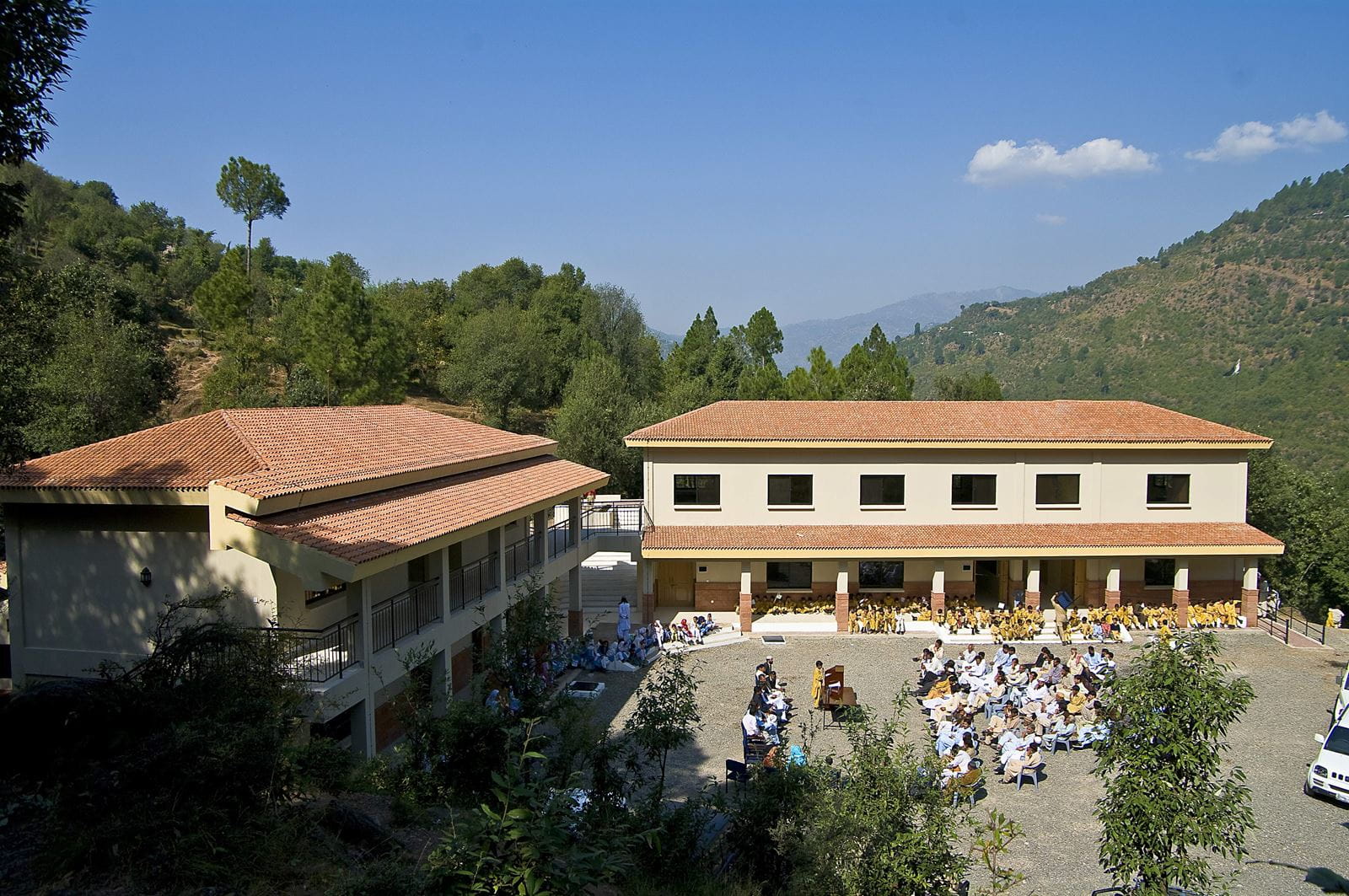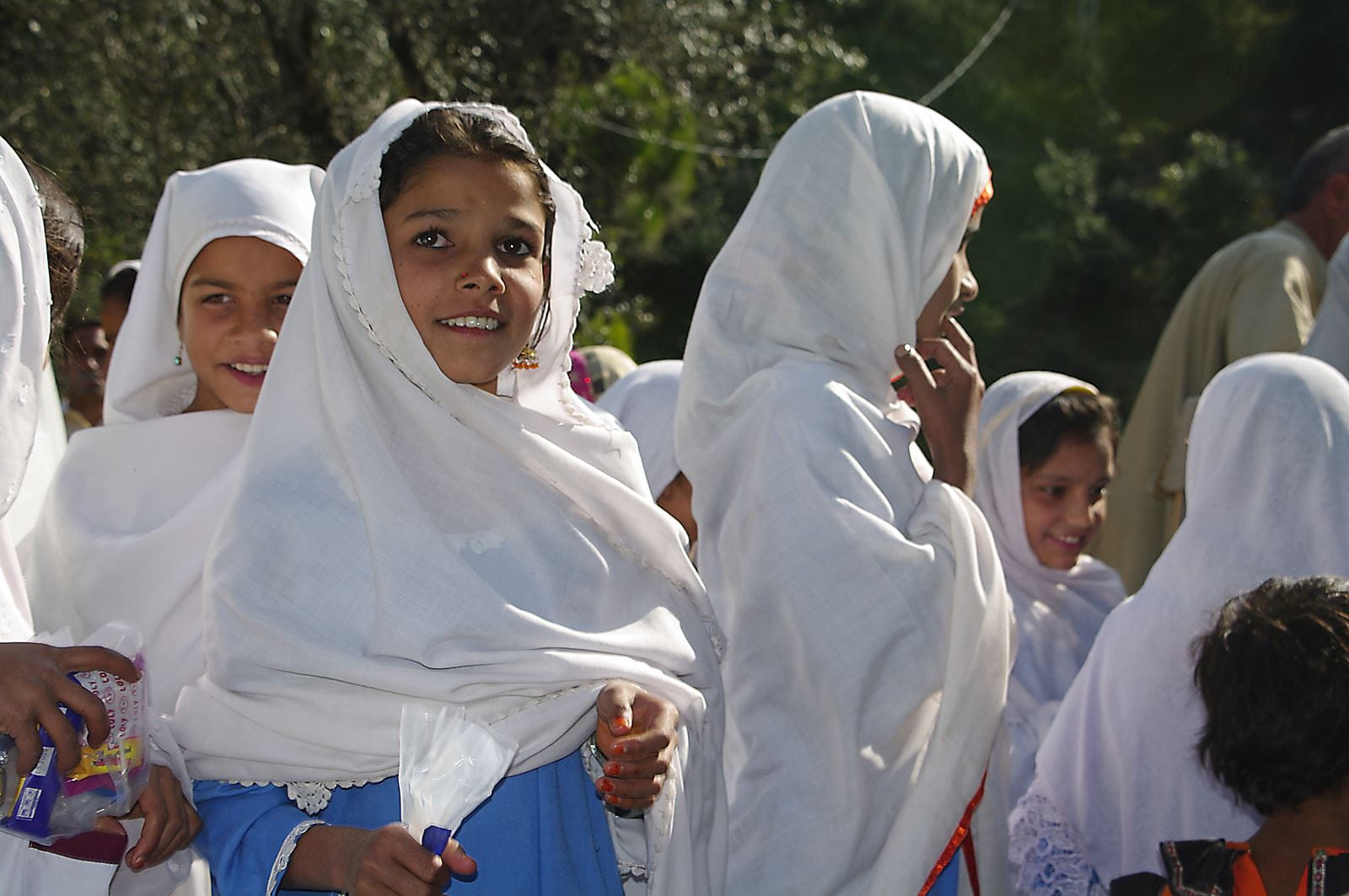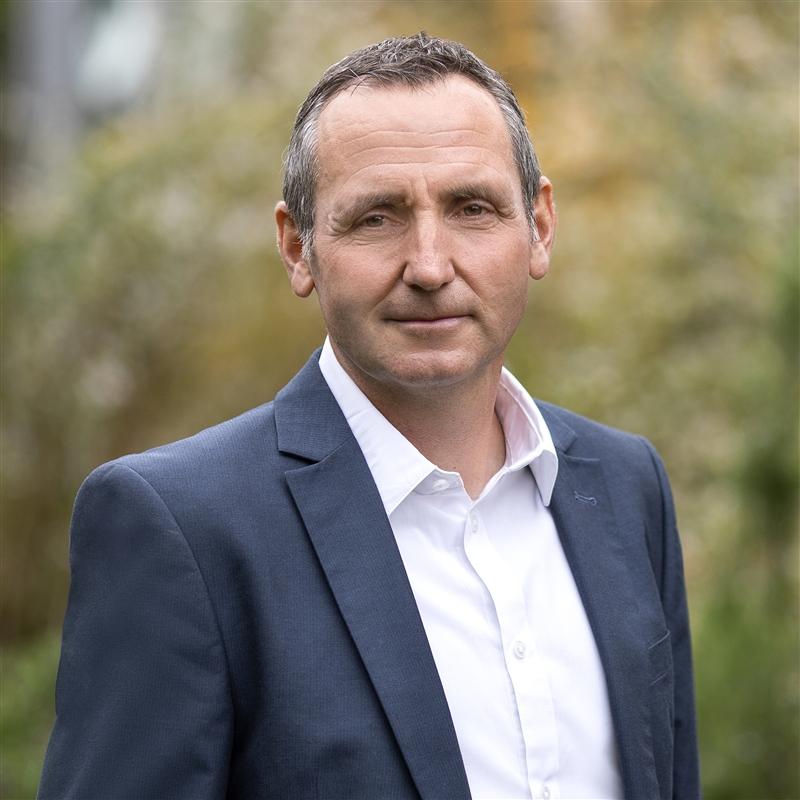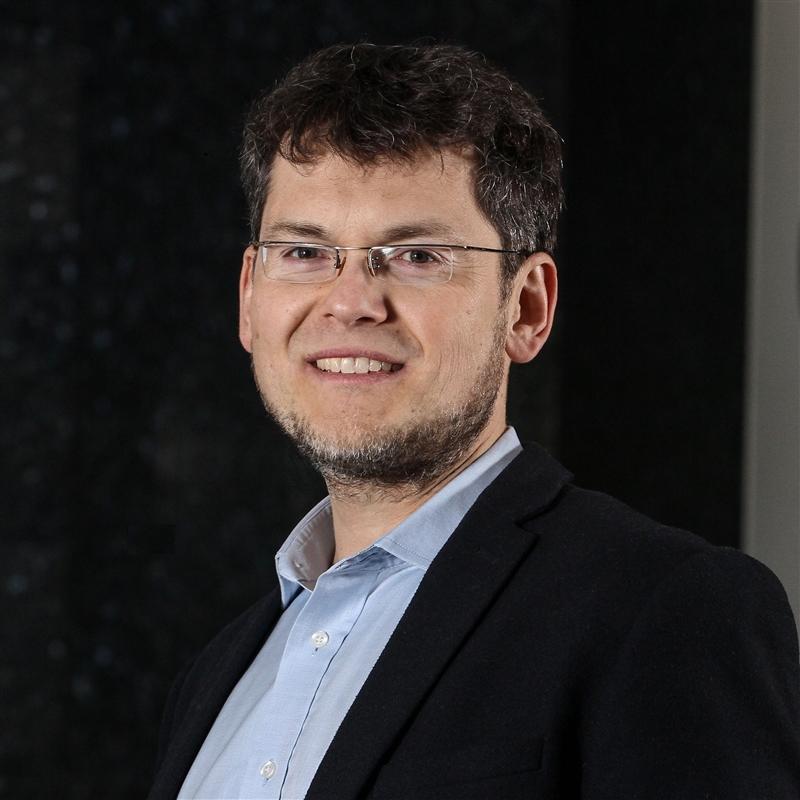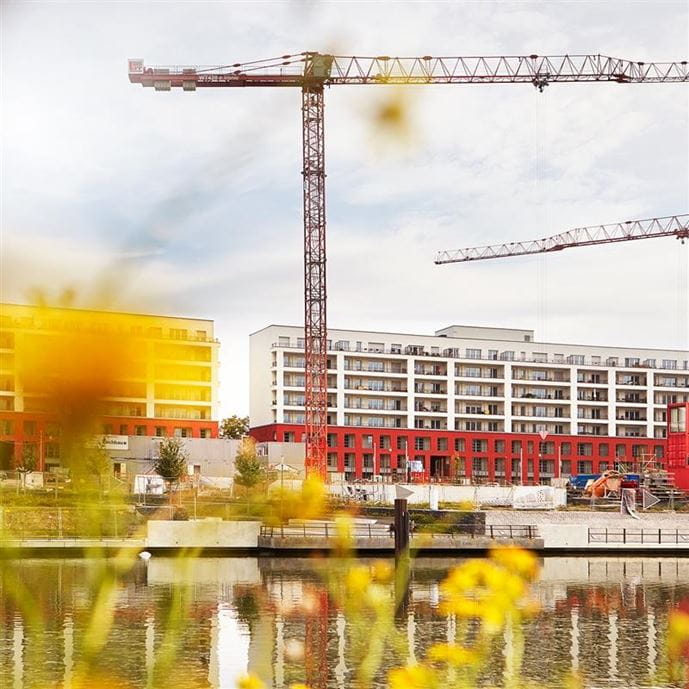Mountains of Challenges, Enduring Rewards
In October 2005, a 7.6-magnitude earthquake shook northwest Pakistan—claiming more than 85,000 lives, levelling 272,000 buildings, and leaving millions homeless and without water, power and bridges. On the ground and helping shortly after, we started to rebuild these affected communities and strengthen their economic well-being by implementing a 5-year, $120 million design-build contract to reconstruct vital health care and educational facilities.
Approximately 150 schools, health clinics and hospitals were designed and built to meet internationally recognised earthquake-resistant standards and provide disabled access. Using a modular approach, these facilities were based on seismically sound structural designs and locally available materials—helping to get buildings in place quickly. If a suitable location wasn't easily found in the often remote, austere, steep and geologically unstable areas where they once existed, the team looked to centrally locate facilities.
The project was also about building community relationships. Social mobilisation brought together employees from affected areas with representatives from each facility and its beneficiaries—parents, medical personnel and community members. These partnerships helped communities know what to expect and understand their roles in maintaining the infrastructure. And because the programme emphasised the involvement of local vendors and suppliers, communities benefited from the creation of jobs and businesses that contributed to economic viability. This also prompted local firms to address seismic concerns in their other projects. Schools and healthcare facilities are valuable assets in any community, but here, we helped to improve the lives of people who have suffered greatly.
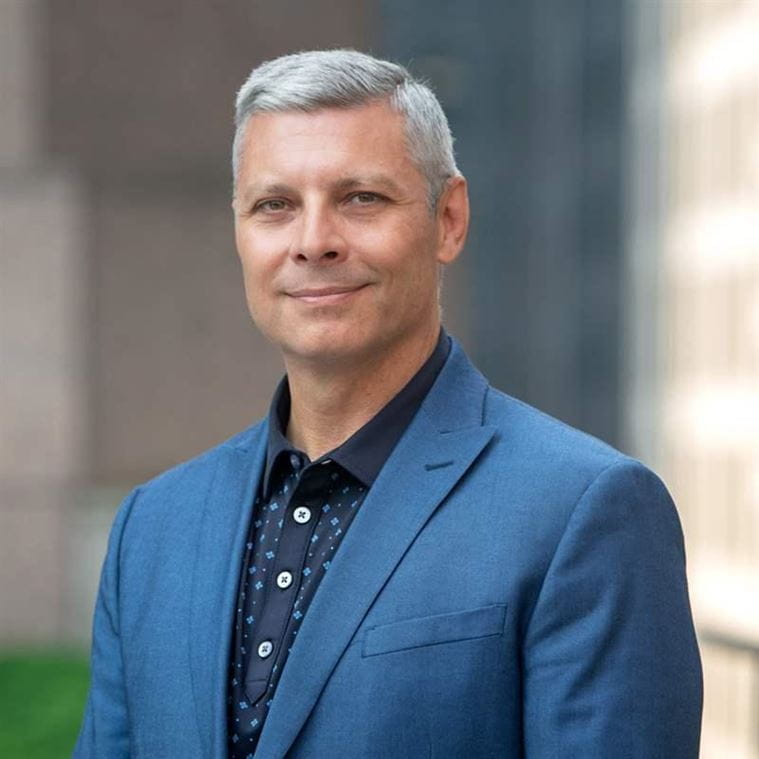
The importance of the work we do not only comes from partnering on critical infrastructure, but as important, from developing local capacity for sustained success.




